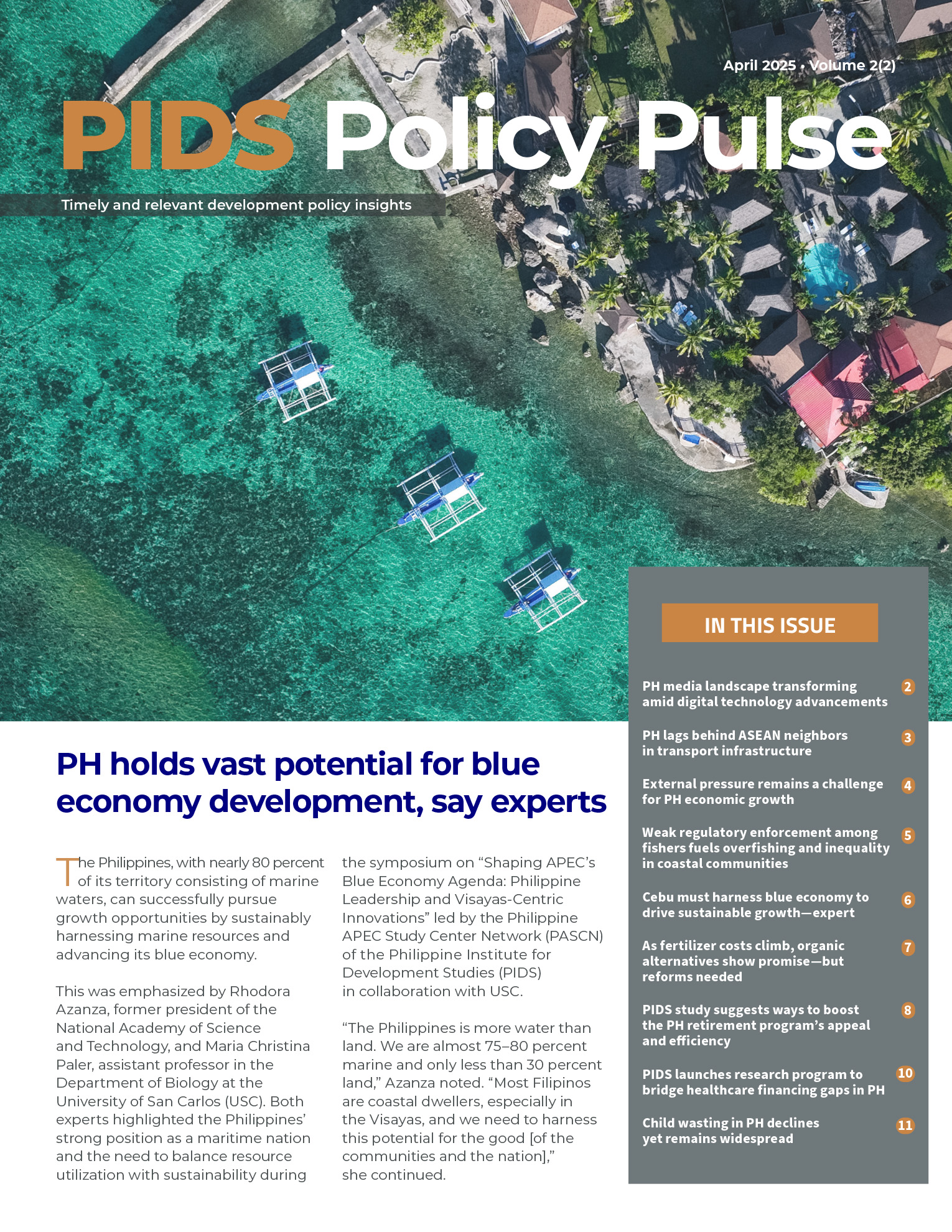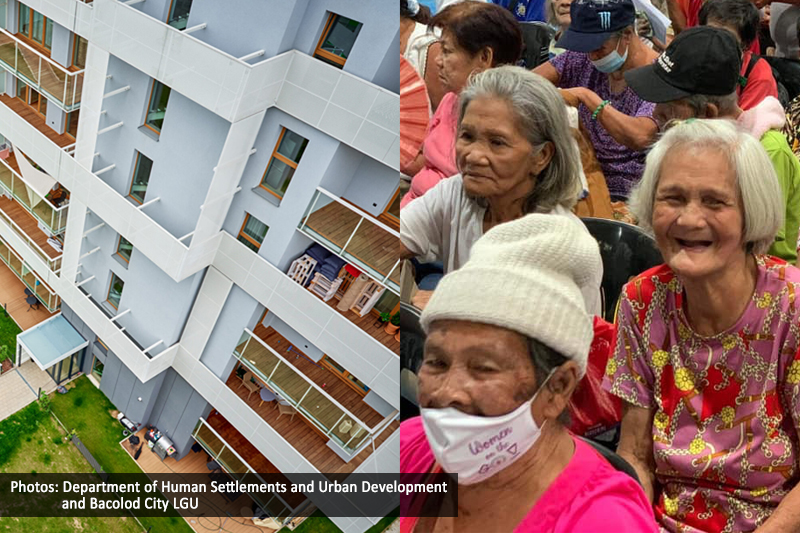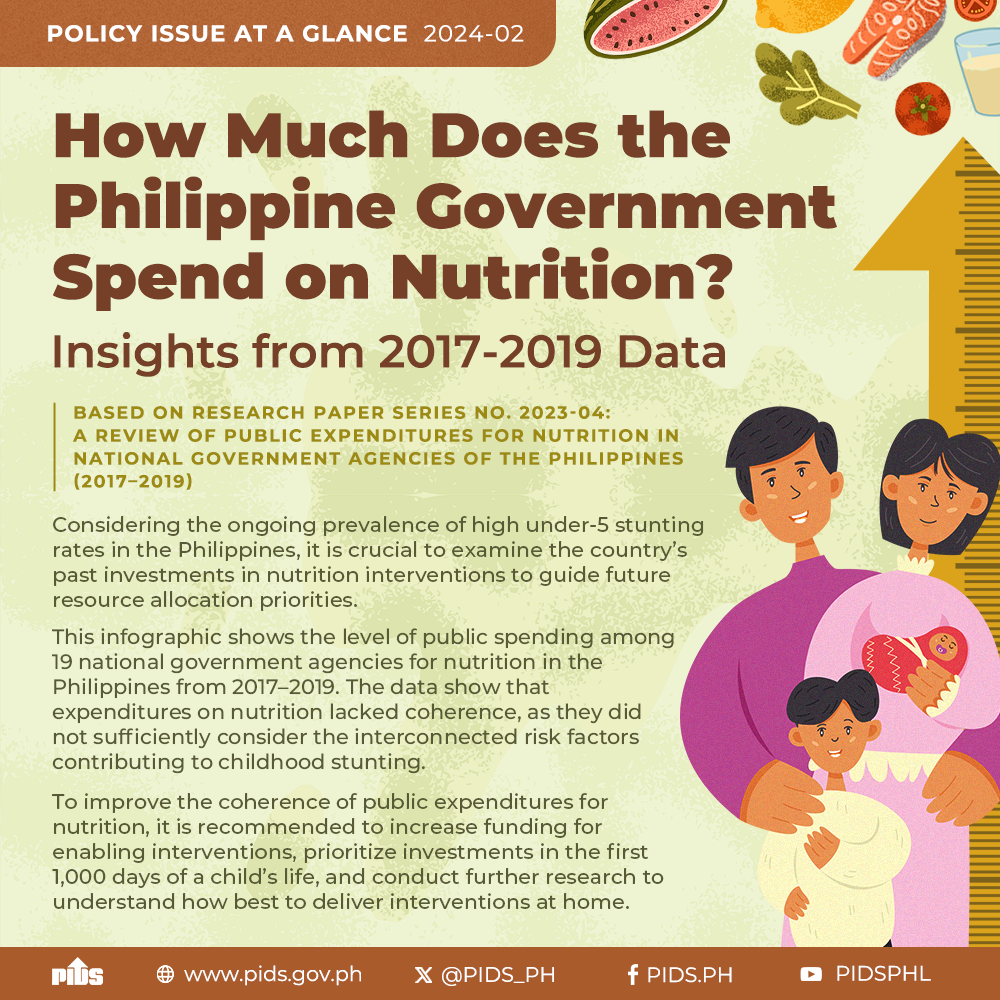A weakening peso would do little to boost the country鈥檚 stuttering export sector, according to a new central bank study, which stated that policymakers should focus on cutting power costs and improving infrastructure.
The Bangko Sentral ng Pilipinas (BSP) said the country鈥檚 export sector鈥檚 failure to move up the value chain had little to do with currency dynamics.
"Other factors that influence the trade balance are macroeconomic fundamentals, business climate, ease of doing business and productive capacity,鈥� a working paper by the BSP鈥檚 Center for Monetary and Financial Stability showed.
The study noted that supply-side factors might be putting a constraint on production and, subsequently, on export performance.
"In this case, an appropriate policy is to strengthen supply-side factors (such as infrastructure, logistics and overall business climate) to support a country鈥檚 competitiveness,鈥� the study said.
Foreign exchange policy has long been a main source of contention between policymakers and local exporters. A weaker peso makes Philippine-made goods cheaper overseas.
The BSP paper sought to analyze the effects of the peso鈥檚 value relative to major trading partners such as the United States, Europe, Japan and countries in the Middle East.
Differences in the peso鈥檚 movement relative to other emerging markets that compete with the Philippines in selling goods to rich countries were also considered.
Philippine Confederation of Exporters (Philexport) earlier this month said the peso鈥檚 depreciation should help the country catch up in terms of competitiveness with trade-oriented peers in the region.
According to the BSP paper, local exporters should not expect changes in the peso鈥檚 value to be the lynchpin for success. The BSP said the government should instead be pressured to ramp-up reforms that aim to help the country鈥檚 business climate.
"The Comprehensive Manufacturing Industry Roadmap being formulated by the Department of Trade and Industry, Board of Investments, and the Philippine Institute for Development Studies is therefore a welcome endeavor to upgrade the capacity of industries,鈥� the BSP said.
Official data show that manufacturing accounts for only about a quarter of Philippine gross domestic product (GDP) while two-thirds of the economy relies on consumer spending. This proportion is reversed in other Southeast Asian countries such as Thailand and Malaysia.
Last May, shipments of Philippine products to other countries as measured by sales declined by 17.4 percent.//
Gov鈥檛 urged to focus on infra, cutting power cost - BSP Study鈥檚 Proposals To Boost Philippine Export Performance
Philippine Daily Inquirer
Paolo G. Montecillo












